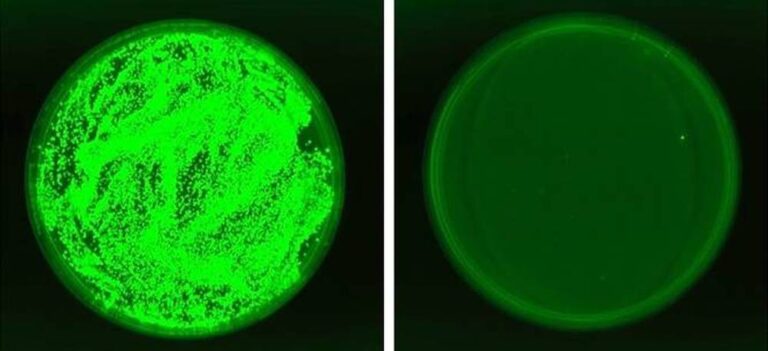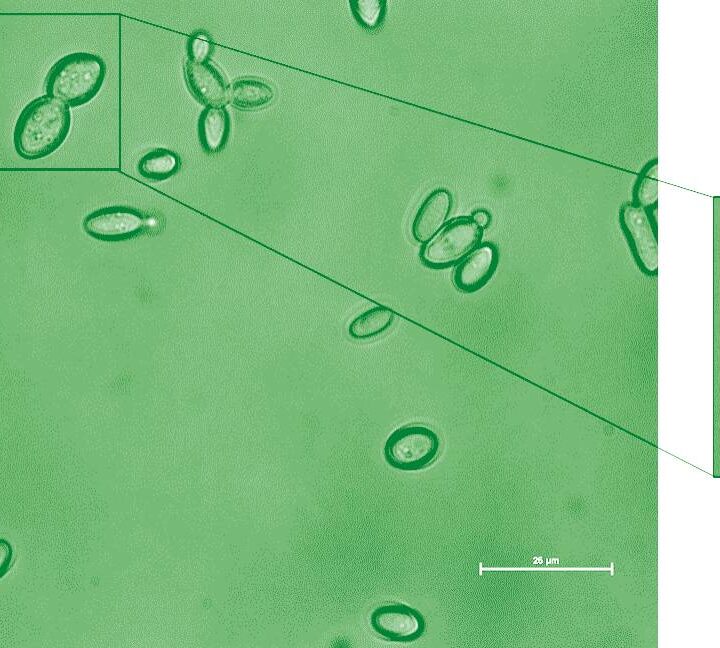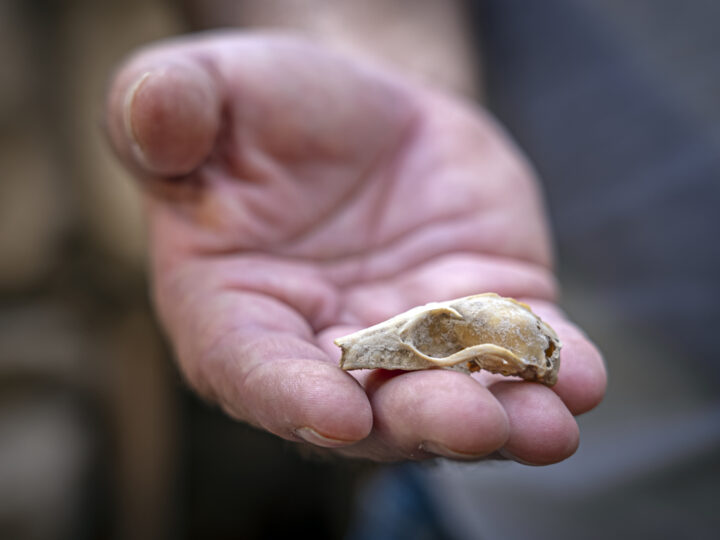Researchers at the Weizmann Institute of Science have discovered a novel species of yeast that may have the power to displace its deadly peer, Candida albicans, a strain of yeast which causes candidiasis, a fungal infection responsible for around 200,000 deaths per year.
Dubbed “Kazachstania weizmannii” in homage to Chaim Weizmann, Israel’s first president and the Weizmann institute’s founder, the new yeast species exhibits close ties to yeasts involved in sourdough production, and peacefully coexists in mice intestines, even under immunosuppressed conditions.
The research, spearheaded by Prof. Steffen Jung and his team at the Weizmann Institute, originated from an unexpected observation during yeast infection studies. C. albicans, a microscopic yeast commonly residing in the body’s inner cavities, typically poses no threat (besides the occasional thrush infection), but under specific conditions it can breach the intestinal barrier, causing invasive candidiasis.

During their studies, the researchers observed that some laboratory mice seemed resistant to C. albicans colonization, harboring instead a previously unidentified yeast species.
“Knowing that C. albicans can cause life-threatening disease, we decided to investigate this further,” Jung said. “And indeed, this line of research paid off – we found that the novel yeast could robustly prevent colonization with C. albicans.”
Indeed, K. weizmannii demonstrated a competitive edge over C. albicans within the gut, diminishing its presence and notably delaying invasive candidiasis onset in immunosuppressed mice.
What’s more, it seems that mice may not be the only benefactors from the new yeast. Preliminary human gut sample analyses revealed K. weizmannii and similar species, hinting at a potential competition mechanism against Candida species in human intestines, though further investigations are warranted to confirm these findings.
“By virtue of its ability to successfully compete with C. albicans in the mouse gut, K. weizmannii reduced the presence of C. albicans and mitigated candidiasis development in immunosuppressed animals,” Jung said. “This competition between Kazachstania and Candida species might possibly have therapeutic value for the management of human diseases caused by C. albicans.”

The discovery of K. weizmannii’s prowess against invasive candidiasis marks a significant stride in combating this lethal infection, offering hope for enhanced treatment strategies in vulnerable patient populations.
Fighting for Israel's truth
We cover what makes life in Israel so special — it's people. A non-profit organization, ISRAEL21c's team of journalists are committed to telling stories that humanize Israelis and show their positive impact on our world. You can bring these stories to life by making a donation of $6/month.









